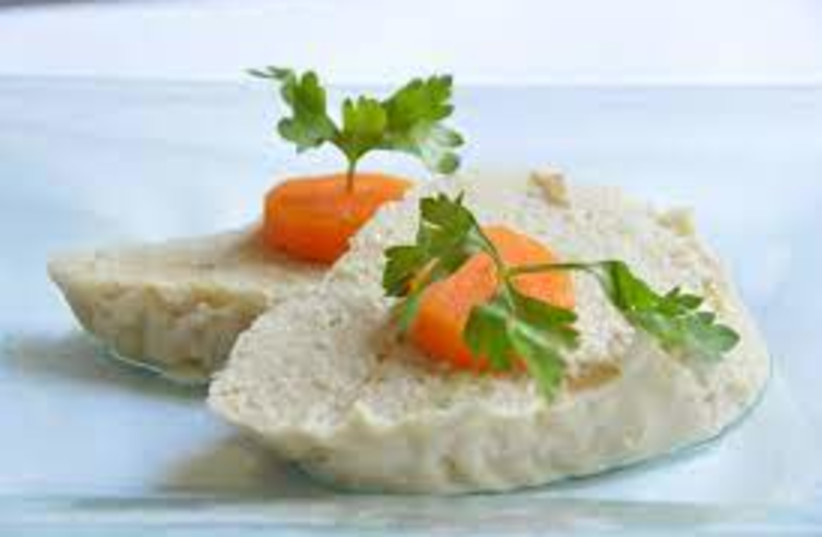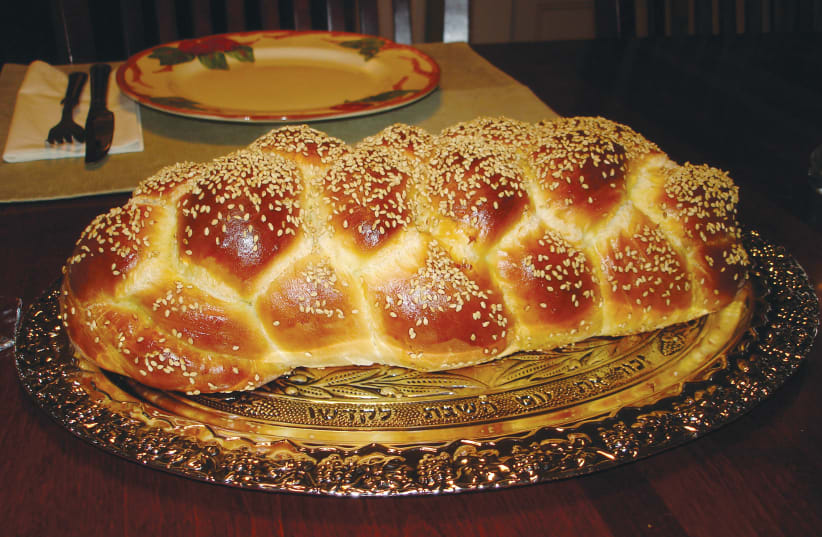
What foods do you consider the “most Jewish”?
The book The 100 Most Jewish Foods by Alana Newhouse, editor-in-chief of the online magazine Tablet, is really fun to read.
Tablet is a daily online magazine of Jewish news, ideas and culture which Newhouse founded in 2009. Before that, she was culture editor of the Forward and started a line of Forward-branded books with W.W. Norton.
Published in 2019, The 100 Most Jewish Foods comprises a list of the most significant foods culturally and historically to the Jewish people, explored through essays, recipes, and stories. Besides soliciting ideas and essays or recipes from 11 members of Tablet’s staff, contributors include 64 food writers, chefs, and restaurant owners. The recipes are global and represent all contingencies of the Jewish experience.
What are the 100 most Jewish foods?
There are contributions such as: “Bagels” by Liel Leibovitz, a senior writer at Tablet, “Bialys” by Mimi Sheraton, author of cookbooks; “Gefilte Fish” by Eric Ripert, chef and co-owner of New York restaurant Le Bernardin; “Hebrew National Hot Dogs” by Marc Tracy, a Tablet staff writer; “Chicken Soup” by Joan Nathan, Tablet food columnist and cookbook author; and “Kugel” by Michael Solomonov, chef, cookbook author, and restaurant owner.


Now think internationally Jewish: “Sufganiyot” by Yotam Ottolenghi, food writer, author, and restaurant owner; “Carciofdi alla Guiudia” (Roman Jewish artichokes) by Paola Gavin, cookbook author; “Sofrito” by Rachel Figueroa de Zimmerman, a New York area writer; “Mufleta” by Gabriel Stulman, food writer; and “Labda” (a type of potato pancakes) by Darra Goldstein, cookbook author.
Then there are the really “Funny, I never thought of that being included” contributions such as: “Seltzer” by Wayne Hoffman, executive editor of Tablet; “Pickles” by Gail Simmons, author; “Hydrox” (the kosher Oreos) by Marjorie Ingall, Tablet columnist and author; “Entenmann’s” by Phil Rosenthal, TV writer; and “Chinese Food” by Action Bronson, author.
I may be repeating myself, but it’s really a fun book to read!
In an April 22, 2019, interview with Jessica Einstein of the London Jewish Chronicle, Newhouse explains: “We wanted a lot of outside voices — chefs and historians and writers and artists. But the real challenge happened when we realized that we didn’t want to numerate the list from the most important to the least important. It didn’t make any sense, and it wasn’t how we saw the food.”
“Newhouse is also clear that the book isn’t about ‘kosher’ foods, maintaining that ‘Jewish’ and ‘kosher’ can be distinct,” writes Einstein. “This might also explain why there are three separate matzah-related dishes (no chametz here) and also an apple dish. Not an apple crumble for dessert on Shabbat. Not even Rosh Hashanah’s apple and honey. But the original apple from the Garden of Eden. Where I suppose you could argue that the Jewish preoccupation (obsession?) with food began,” the interview continues.
“For a lot of Jews throughout history, the food that they ate was an integral part of their Jewish identity and their Jewish experience, whether they liked it to be or not. And that felt very, very important to me,” says Newhouse.
“Newhouse was meticulous when it came to the history of the dishes and the recipes included, using food historians and chefs to test everything,” writes Einstein. “‘The recipes needed to be authentic to their history – otherwise. why write the book? And also, of course: it needed to be good,’ adds Newhouse.”
I loved reading the book, and I found the entries quite legitimate, including the ones I might have questioned.
Jessica Halfin, in the March 2019 issue of Hadassah Magazine, wrote: “The whimsical, hilarious, nostalgic and, at times, serious collection reminds me of a boisterous dinner party with all your favorite foodies and chefs coming together against the backdrop of a laid-back panel on their experiences with Jewish food….With a fun, quirky vibe, insertions of cute illustrations and a visual table of contents, the collection is enriched with 60 recipes.”
The subtitle is “A Highly Debatable List,” so when you give this as a gift to all your friends, have fun discussing the various contributions. ■
Sybil Kaplan is a Jerusalem-based journalist, author, compiler/editor of nine kosher cookbooks, and food writer for North American Jewish publications. She leads weekly English-language walks through the outdoor food market, Mahaneh Yehuda.
